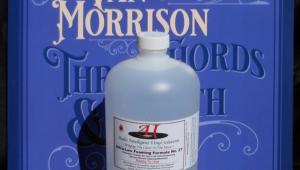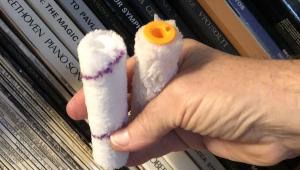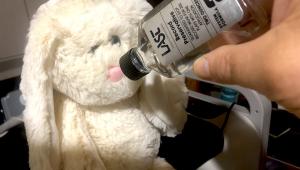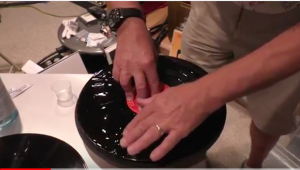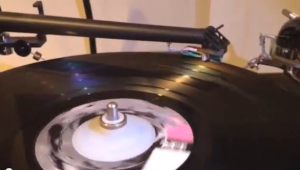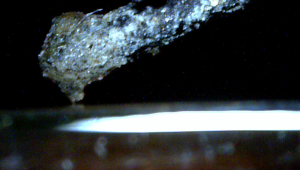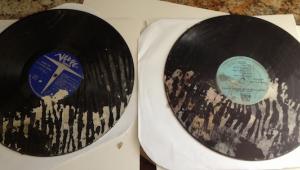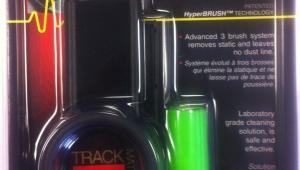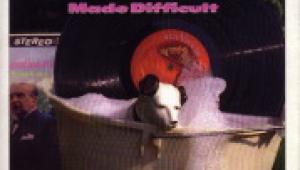The Big Dust Off!
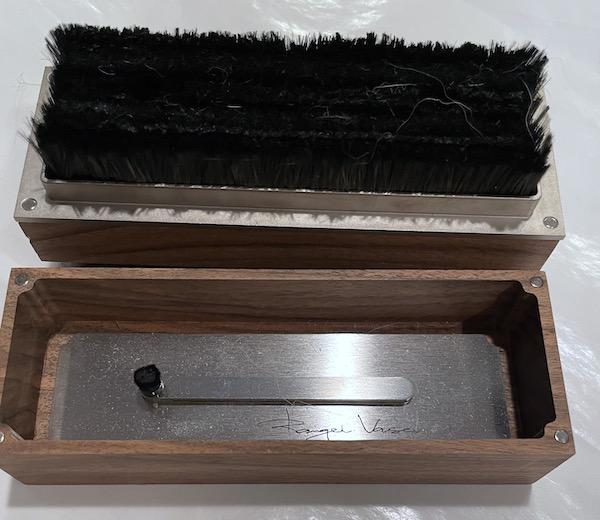
The embedded video shows you 9 different brushes plus one manual wet cleaning device that takes up very little space and protects the record label while making easy both wiping and drying.
After showing and describing each brush a dusty record produced by dropping it on the carpet gets a double “brush off” and you get to see the results. The brushes were:
1) Audioquest carbon fiber brush $29.95
2) Furutech A SKII (replaced with the SK-111) $159.99
3) Ursa Major $52.00
4) Stasis Corp $29.95
5) Acoustic Sounds “The Big Brush” $36.95 ($52.99 with ground wire)
6) Levin Design $335
7)Hart Audio Special Source Super Cleaner Mk3 $57
8)Black Audio MicroBrush (a wet cleaning device) $39.99
9)Ramar Record Brush By Rangel Vasev $350
10)Spindle Spinner (a wet cleaning aid not a brush) $180
While as you’ll see the tests were hardly scientific, it appeared that the Hart Audio and Ramar Record Brush were the two most effective dust removers followed by the Ursa Major and the Furutech, but watch for yourself.
